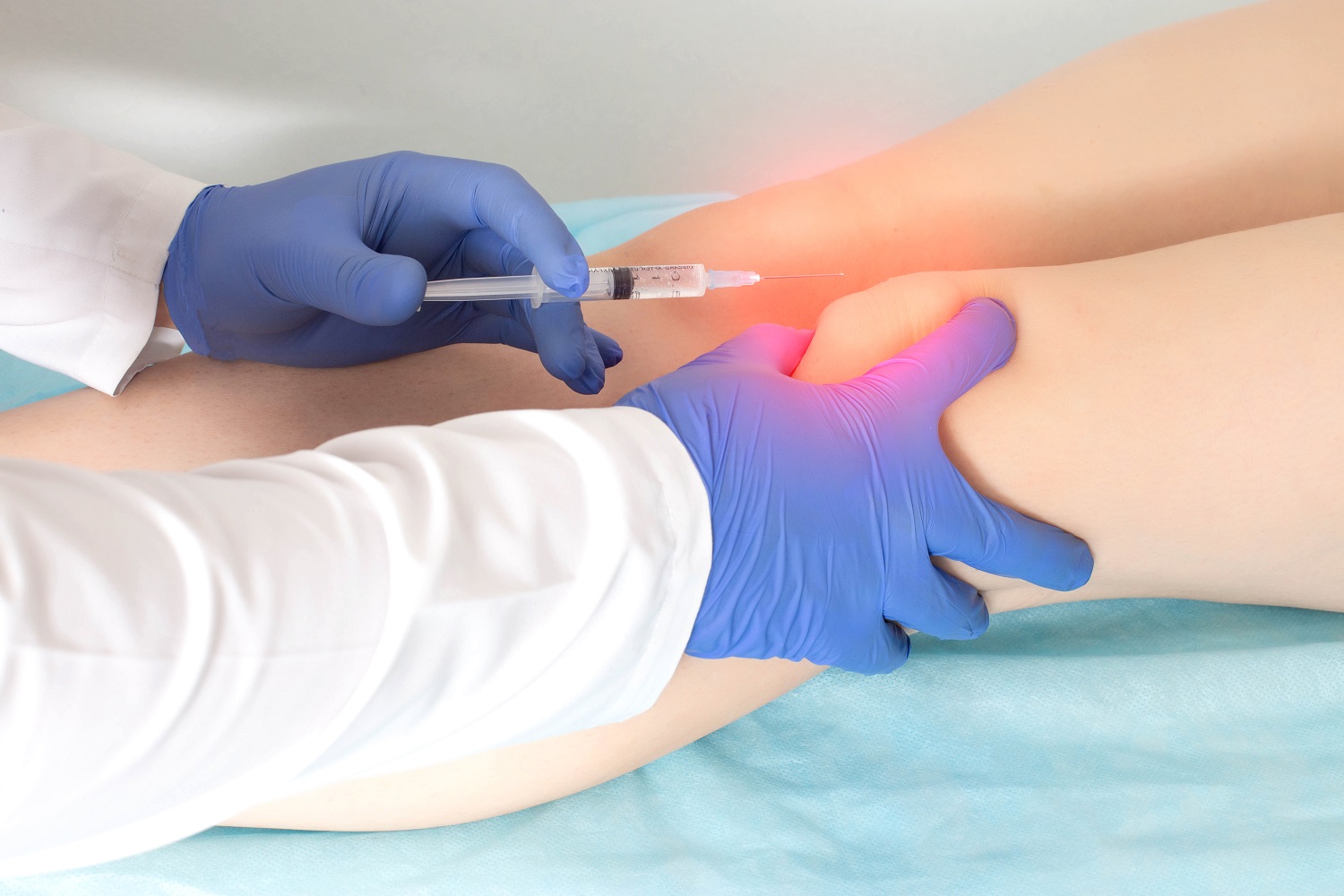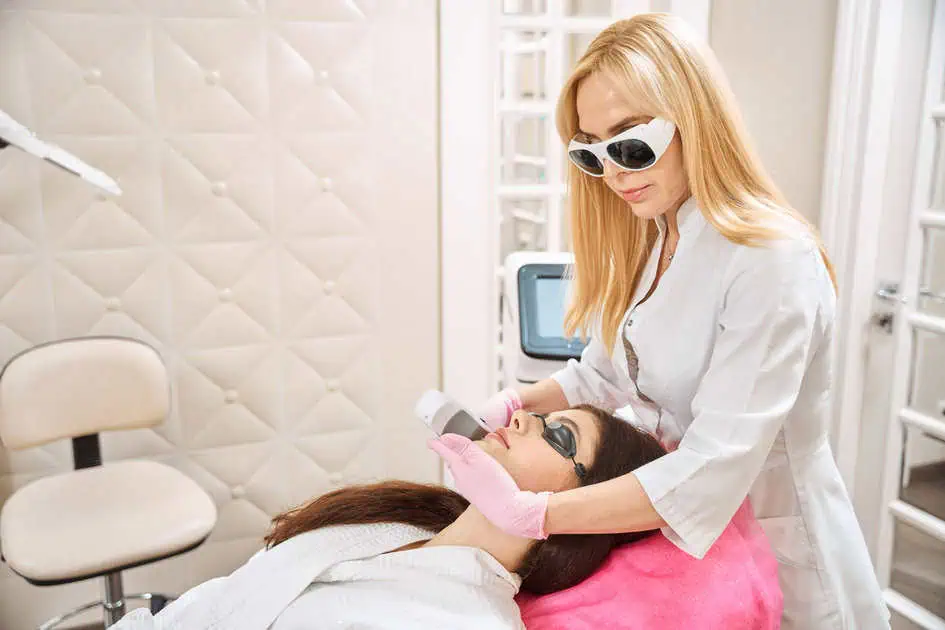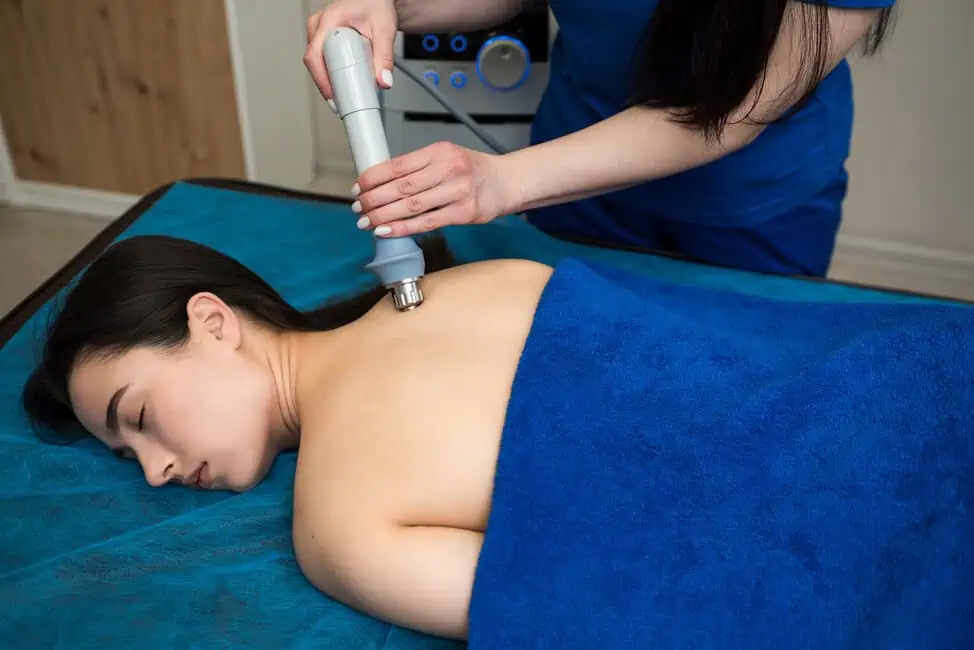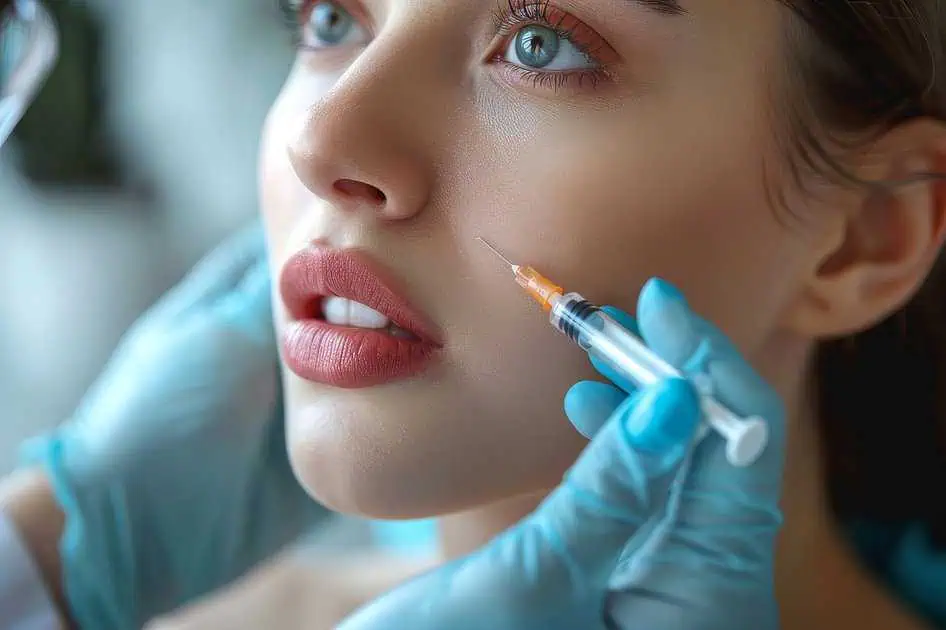Prolotherapy injections are for anyone who suffers from chronic joint pain or degenerative joint disease.
If you are not aware of this effective regenerative medicine, then it’s time you learn about prolotherapy injections. Prolotherapy is an orthopedic procedure wherein a “natural irritant” is injected into the soft tissue of an injured joint. This stimulates the body’s healing response so it can repair and strengthen the damaged joints and tissue.
What Is It And How Does Prolotherapy Work?
When the patient is injected, the body is “tricked” into repair mode. The mild inflammatory response caused by the injection stimulates the new growth of ligament, which “tightens” the weakened structure.
Prolotherapy has the “unique ability” to address the cause of instability, repair the damaged sites and produce new collagen tissue. This, in turn, leads to the “permanent stabilization” of the affected joints.
A common formula for the injection is dextrose, saline, and lidocaine. This is called dextrose prolotherapy. Another type of injection is Platelet Rich Plasma (PRP) therapy.
In this procedure, patients are injected with a PRP solution generated from the patient’s own blood. PRP is a purified and concentrated solution of platelets that can “supercharge the healing process” of soft tissue injuries.
Prolotherapy injections are not a one-off procedure. Intervals can vary depending on the area being treated and its severity.
According to The American Osteopathic Association of Prolotherapy Rejuvenating Medicine (AOAPRM), the term ‘prolotherapy’ came from the term ‘sclerotherapy’. This was discovered in the 1930s. The latter term was used for both vein and joint injections. Today, sclerotherapy is used to refer to treatment that addresses “vascular abnormalities” like hemorrhoids and varicose veins.
What Is Prolotherapy Used For And Who Can Benefit From This Treatment?
Problem areas that can be treated with prolotherapy include:
- Low or mid-back pain including degenerative disc disease;
- Hip pain including arthritis;
- Neck pain including whiplash and migraine;
- Knee pain and knee tears;
- Wrist or hand pain including carpal tunnel;
- Osteoarthritis;
- Tendonitis;
- Shoulder pain including rotator cuff and glenoid labrum tears;
- Elbow pain,
- Foot and ankle pain including sprains;
- Hypermobility,
- Temporal mandibular joint syndrome (TMJ); and
- Other musculoskeletal pain or sports-related injuries.
Is Prolotherapy Effective?
The success of this procedure will depend on certain factors. This includes the patient’s overall health including the ability to heal and nutritional deficiencies that can affect the healing process.
In one randomized controlled trial, doctors gave a group of knee osteoarthritis patients a prolotherapy injection in the knee joint and in up to 15 surrounding tender areas with pain and swelling. This was done thrice, four weeks apart.
A WOMAC score was used to compare levels of pain, stiffness, and physical function before and after treatment. The results showed that those who received the treatment improved 24% compared to the salt-water group (11%) and the exercise group (12%).
In another trial, albeit with a smaller sample size, patients with thumb or finger osteoarthritis who received dextrose prolotherapy injection noted that they experienced “less pain” when moving their fingers compared to those who only received lidocaine.
Source of Health offers prolotherapy in Scottsdale. We offer a complimentary consultation to determine if you can be a candidate for this type of treatment. Contact us now to learn more and find out how prolotherapy and regenerative medicine can help you.






